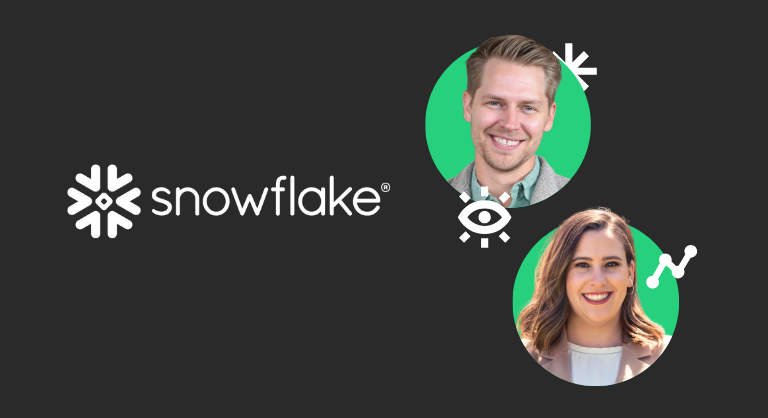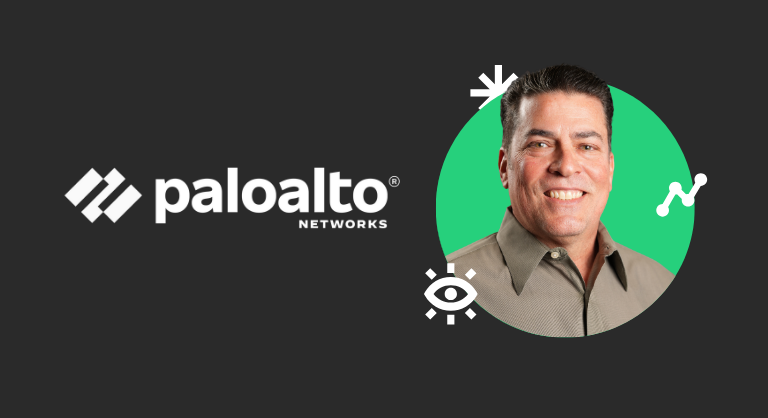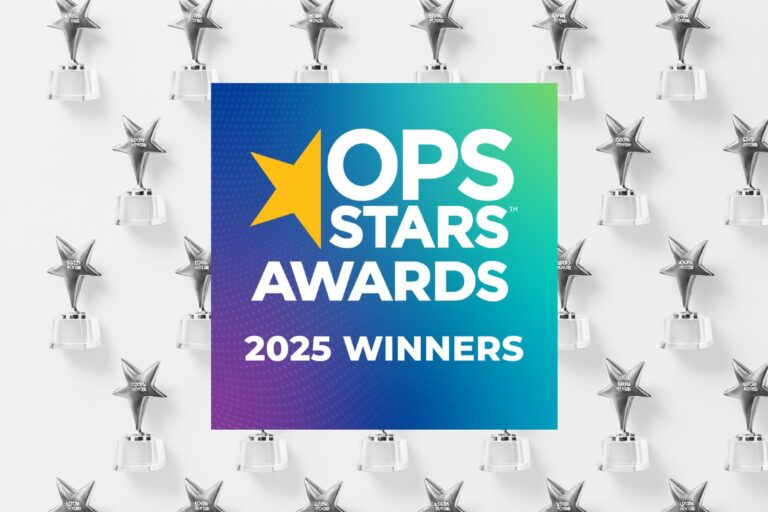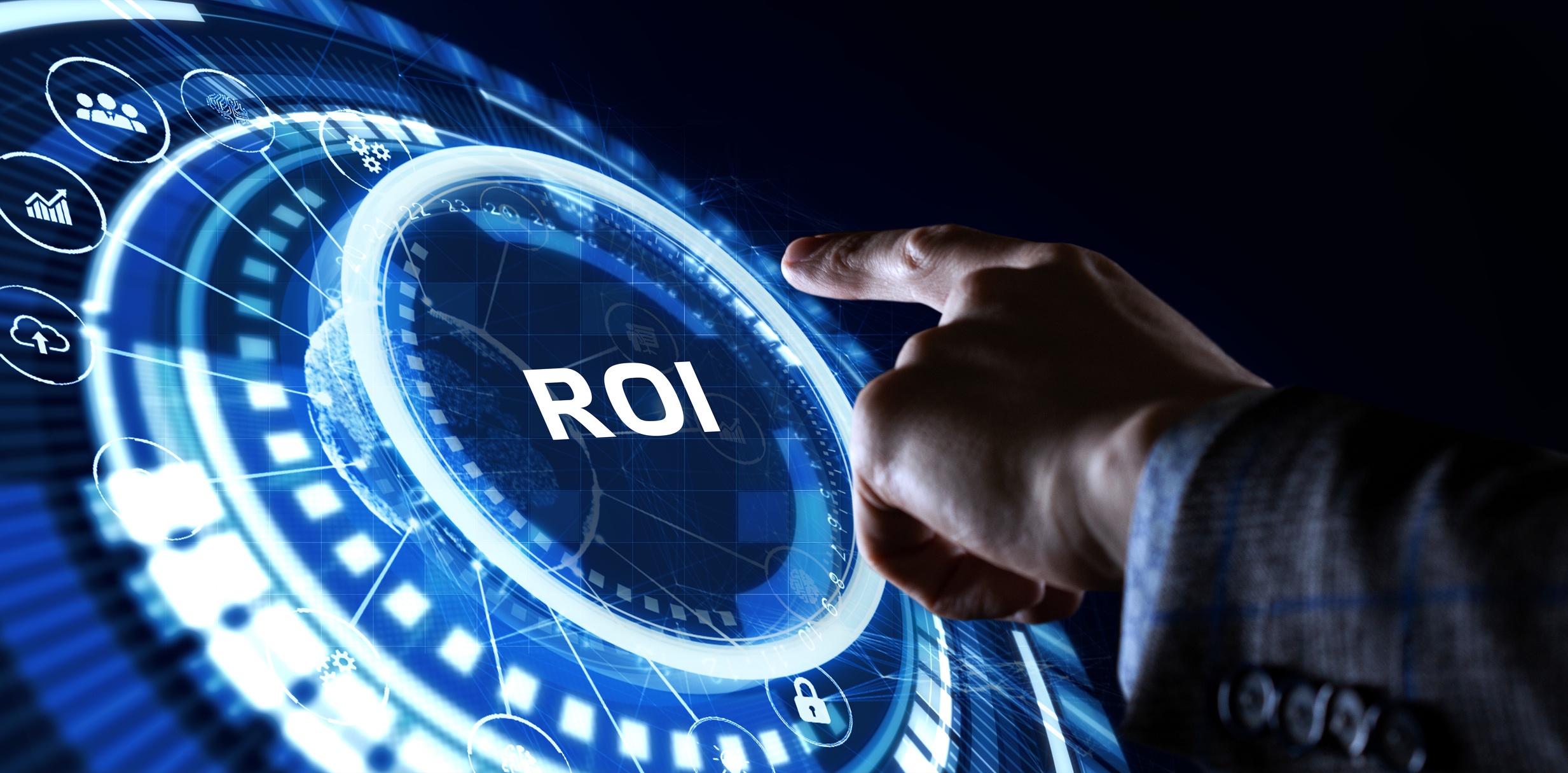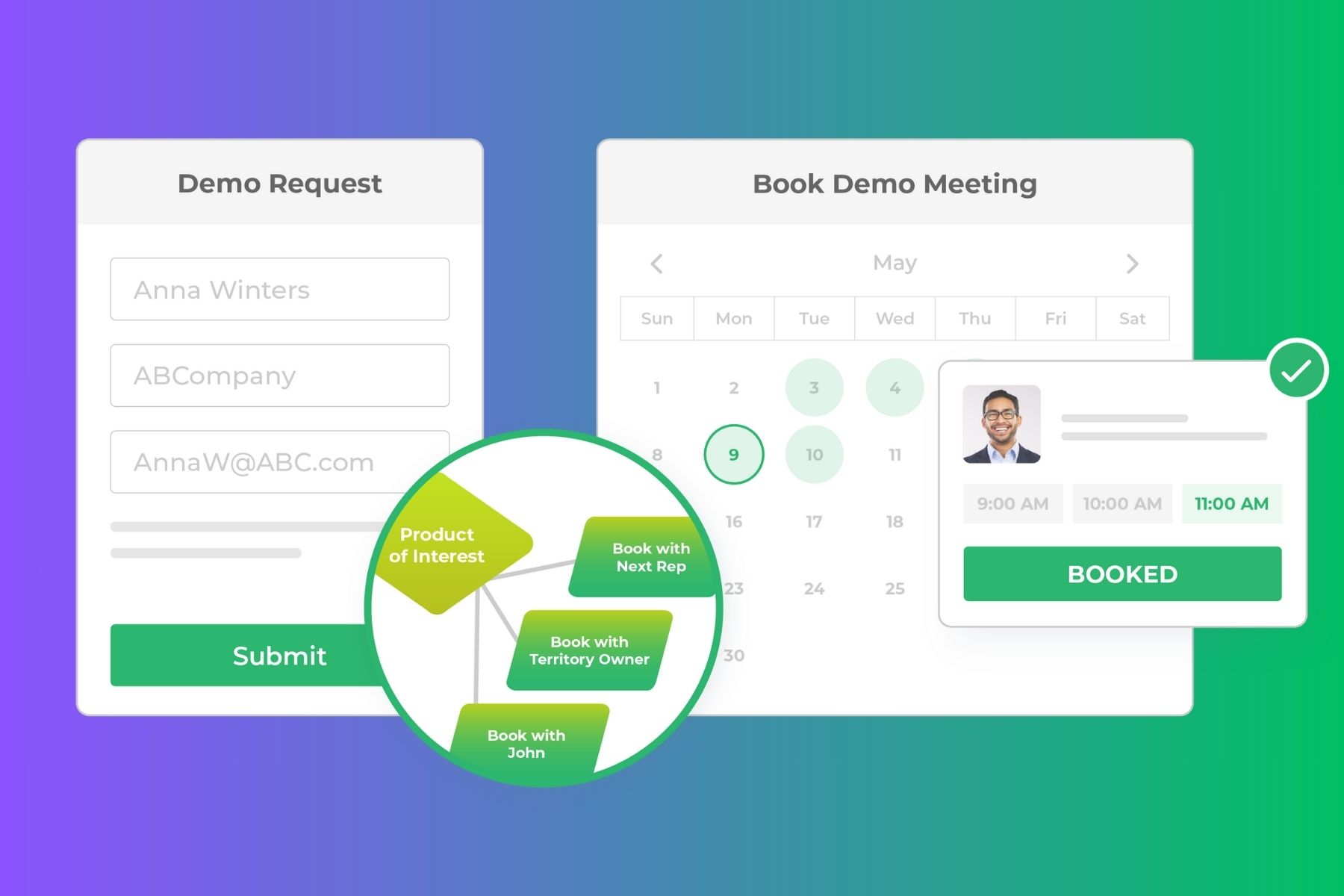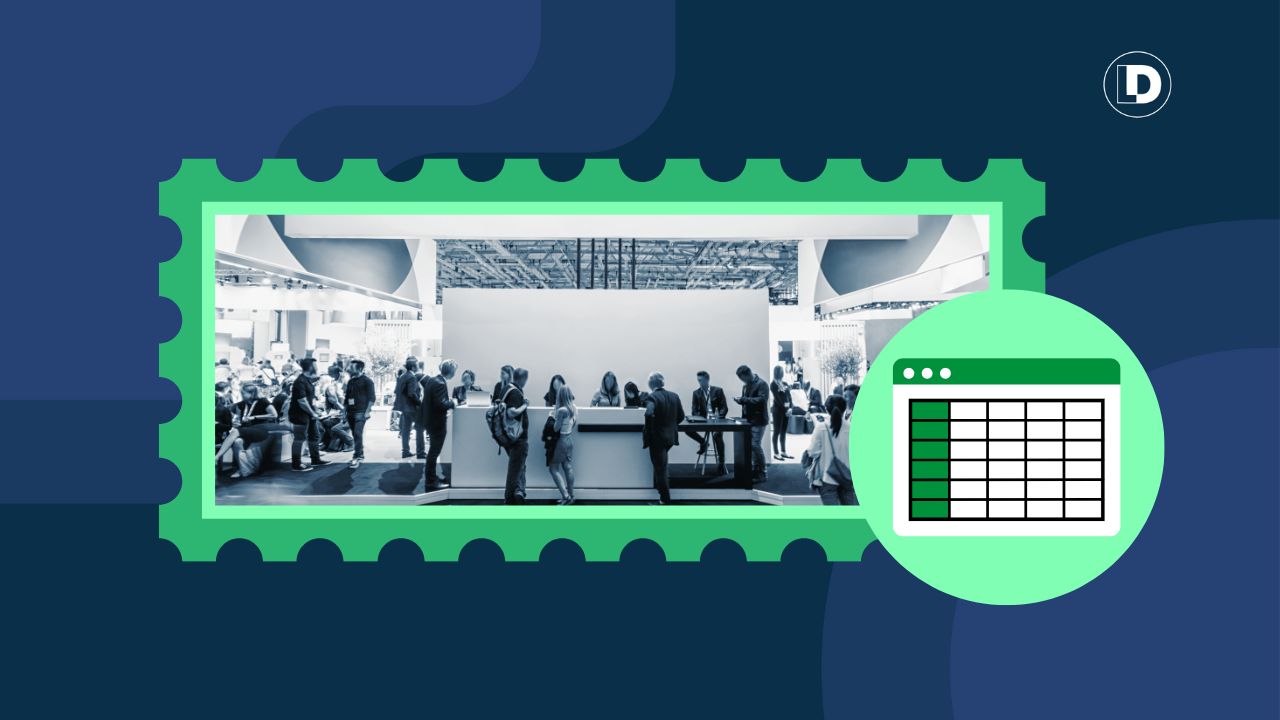Walk through a busy trade show floor and you’ll see all kinds of booth strategies in play, from the WOW to the ho-hum.
But there’s one thing every company is fighting for: event ROI.
Event pipeline doesn’t happen by accident.
Converting attendees to customers is an intentional, collaborative effort carried out by multiple teams, before, during, and after the event.
Here are seven booth strategies used by seasoned experts that will help deliver higher event ROI.
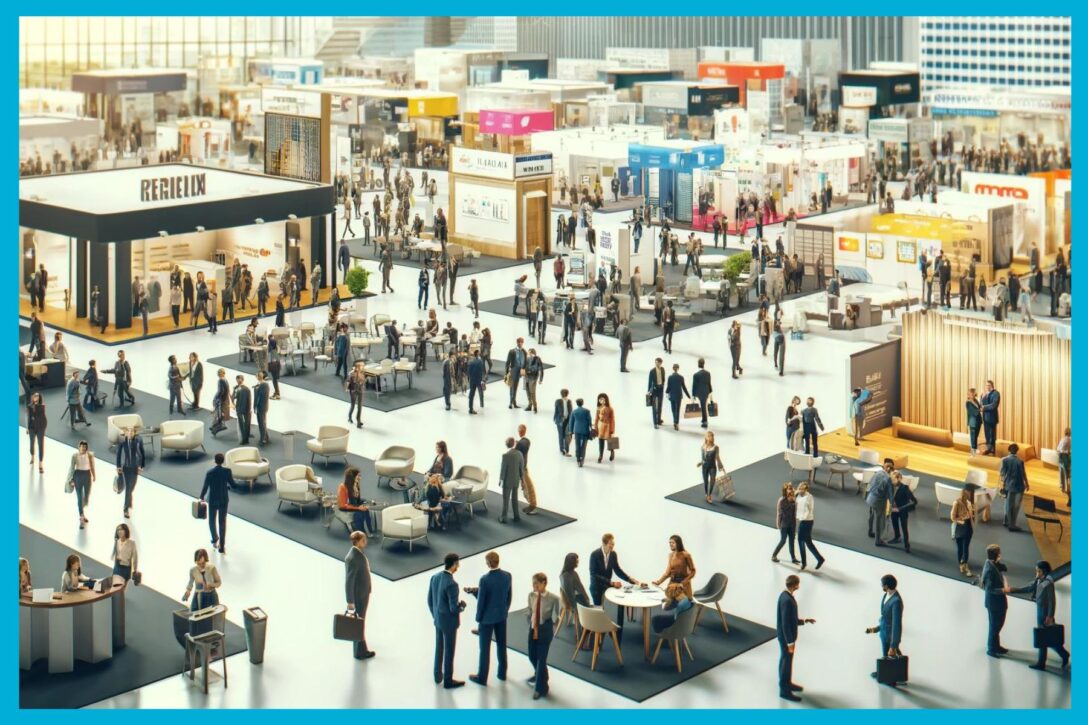
#1 Booth Design
Grabbing the attention of event attendees can be a challenge. You’re competing with every company in that room. Therefore, you have only a few seconds to make a visual and emotional impact.
What kinds of activities are going to draw people in? What will make them stay longer at your booth?
For design, follow these booth strategies:
- Be consistent with your branding colors and typography
- Help the attendees easily identify your company
- Booth design should match your messaging
- Use interactive elements to attract visitors
- Keep key messaging large, brief, and higher than waist height
#2 Giveaways and Swag
Maybe you’ve been there? Watching a competitor’s trade show booth attract people like bees to honey with their gigantic spinning wheel and gift card giveaways while you’re standing there waving branded pens.
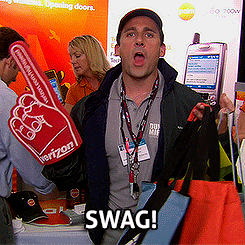
When it comes to giveaways, be memorable. Stand OUT. Ideally, conference swag and branded gifts will keep your business in the minds of the attendees long after the event is over.
Whatever swag you choose, make sure your giveaway is:
- Relevant
- Cost-effective
- Durable
- Shareable
- Creative
Consider having tiered giveaways for cold prospects versus warm leads, and thank-you swag for customers. How many should you order? Here’s a general rule of thumb: bring enough items for 30% of the total conference attendees.
Can’t decide what to take? Think “pets and kids.” Attendees are typically away from their family for events. Giving them something with which they can surprise a special someone when they get home could end up with long-term brand recall.
#3 Pre-Event Booth Enablement
Booth staff are your company’s brand ambassadors. Pre-event booth enablement is an opportunity to set clear expectations and responsibilities so event goals are top-of-mind.
Each member of the booth team should be trained on:
- Attire
- Etiquette
- Talking points
- Event goals
- Giveaway guidelines
- How to use booth scanners
Booth Support During the Event
During the event, provide support to your staff in the following ways:
#4 Booth Staffing
Which members of your Sales team will you send to each event?
There are many factors to consider: event location, event size, employee location, employee skill sets, event attendee profiles, and budget.
Have diversity of roles at your booth. A typical booth will be staffed by multiple employees serving different roles: welcoming visitors, demonstrating your product, gauging interest, and qualifying prospects.
“Sometimes we forget our roles at an event. Be who you are. If you’re an SDR, then be an SDR and prospect, connect and qualify. If you’re an AE, go a little bit further into discovery. Roles don’t change at an event. Everyone has a clear duty.”Rico Davis
#5 Driving Traffic To Your Booth: Pre-Event Outreach
For pre-event outreach, get input from both Sales and Marketing to build email templates and sequences. Remember that event attendees get emails from many vendors, so try to make a human connection.
Personalize your outreach based on the characteristics of the Accounts and Contacts you are targeting. Do not send the same email message to current customers that you plan to send to cold prospects, or open opportunities, or former customers.
Don’t be discouraged if your initial outreach doesn’t result in high numbers of meetings. Event attendees’ calendars often won’t firm up until a week before the event, so keep trying.
#6 Scheduling Meetings at the Booth
One of the main reasons to attend a conference is to meet with prospects and customers. Unquestionably, face-to-face meetings have a higher impact. In person, it’s easier to communicate more effectively because participants can pick up on nonverbal cues and ask related questions.
Schedule meetings with existing customers too. Don’t miss an opportunity to strengthen existing relationships and be a trusted partner.
When scheduling meetings, we highly recommend using an automated meeting scheduling solution.
For example, LeanData’s BookIt for Forms allows prospects to request a meeting and instantly schedule a time that’s convenient for them. This removes the back and forth involved in deciding times and places to meet.
Plus, BookIt for Forms helps prevent no-shows with automated meeting reminders.
In your meeting reminders, include:
- Directions to your meeting location
- Floorplan of the trade show layout
- Contact phone numbers in the event of scheduling issues
Learn how the LeanData team booked 223 meetings at two events using BookIt for Forms.
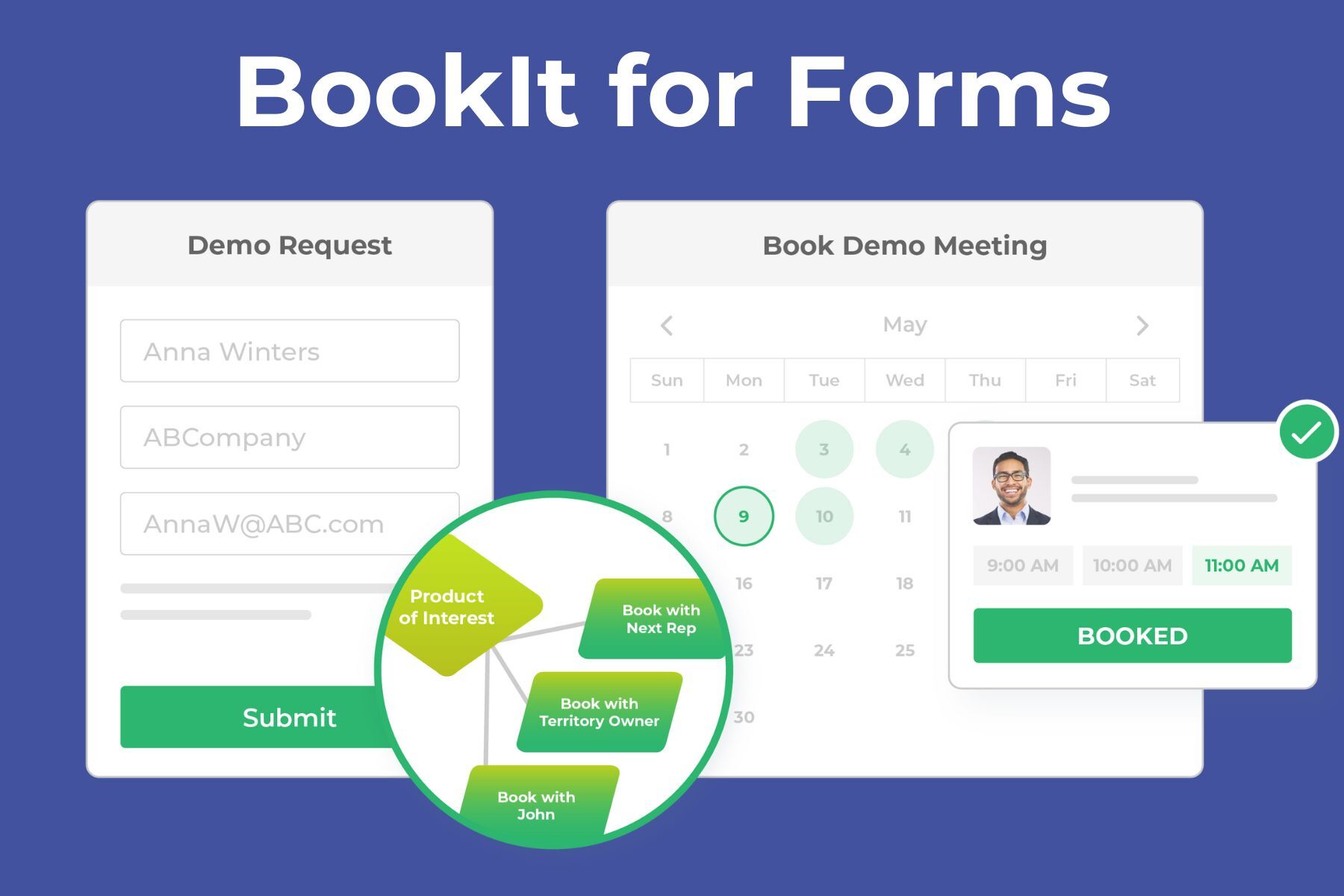
#7 Working the Booth
While it’s common to see staff standing behind a booth podium, waiting for passersby to take interest, that passive strategy does not breed success.
Ideally, you want SDRs out in the aisles among attendees, hustling and bringing people in for a conversation. Then, your sales reps are prepared at the booth for a more robust discussion. Place demo stations towards the back of the booth.
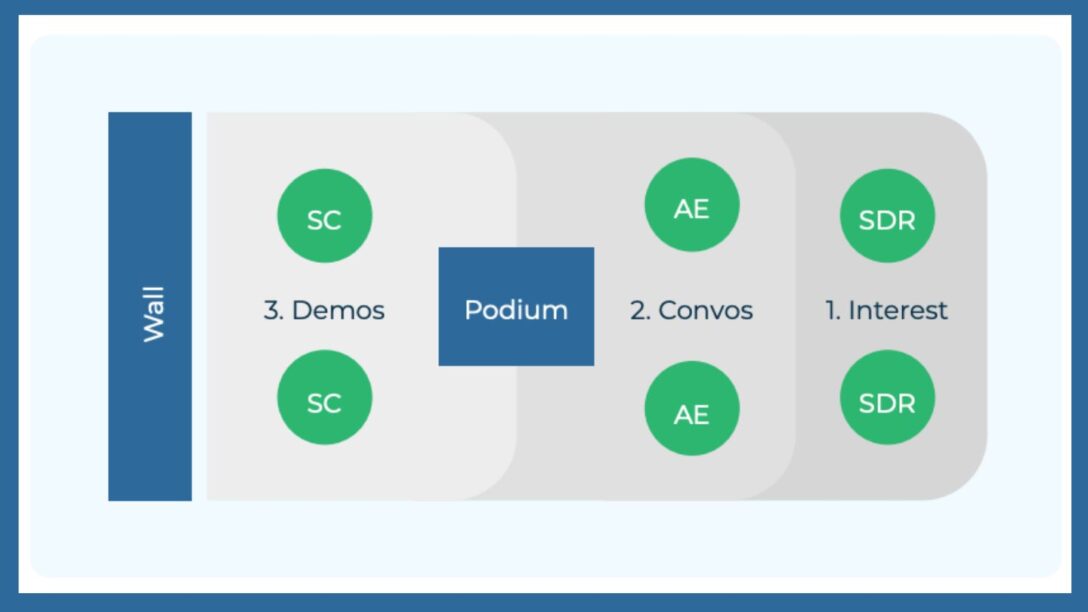
Playing the Booth Zones
Think of your booth and extended area like a sports court with defined positions. SDRs live in the outer areas (Section 1), driving interest toward the booth.
AEs are located in the middle (Section 2), having conversations with prospective customers. Solution Consultants (SCs) occupy the rear section of the booth (Section 3), ready to demonstrate your products and services.
Convert Event Attendees into Customers
Maximizing event ROI is essential for converting attendees into customers. If you’re not thinking strategically, you could spend a lot of time, money, and energy with no impact on pipeline.
Looking to dive deeper into booth strategies? Check out LeanData’s Ultimate Event Management Playbook today!
